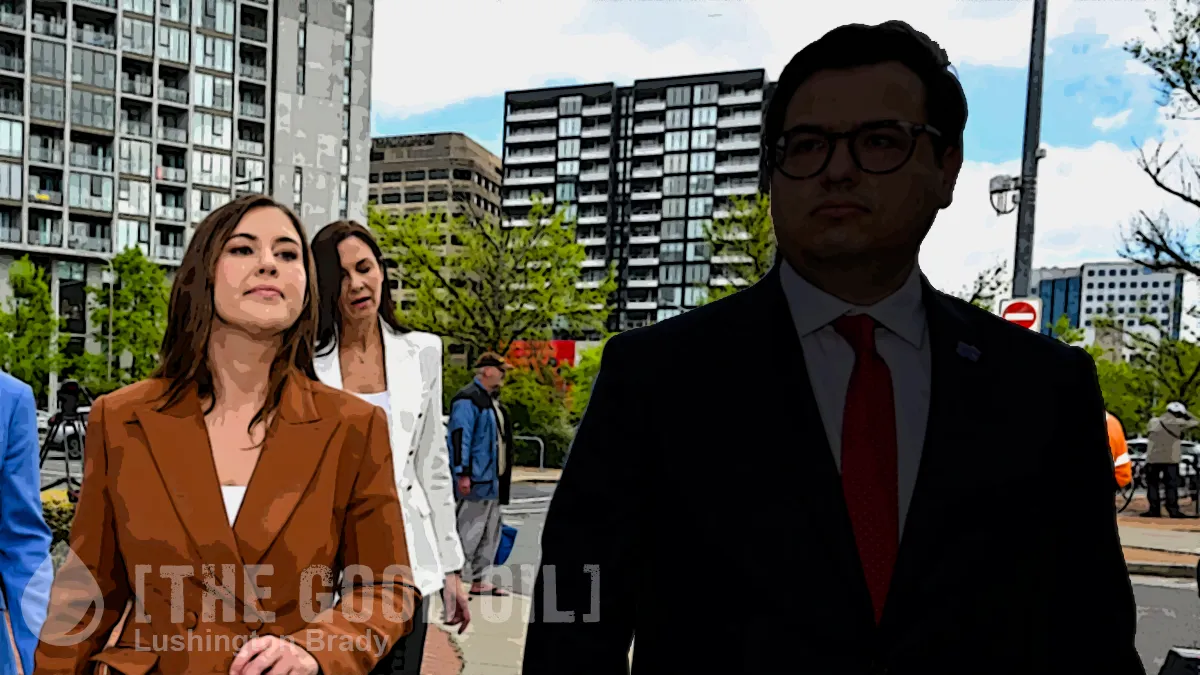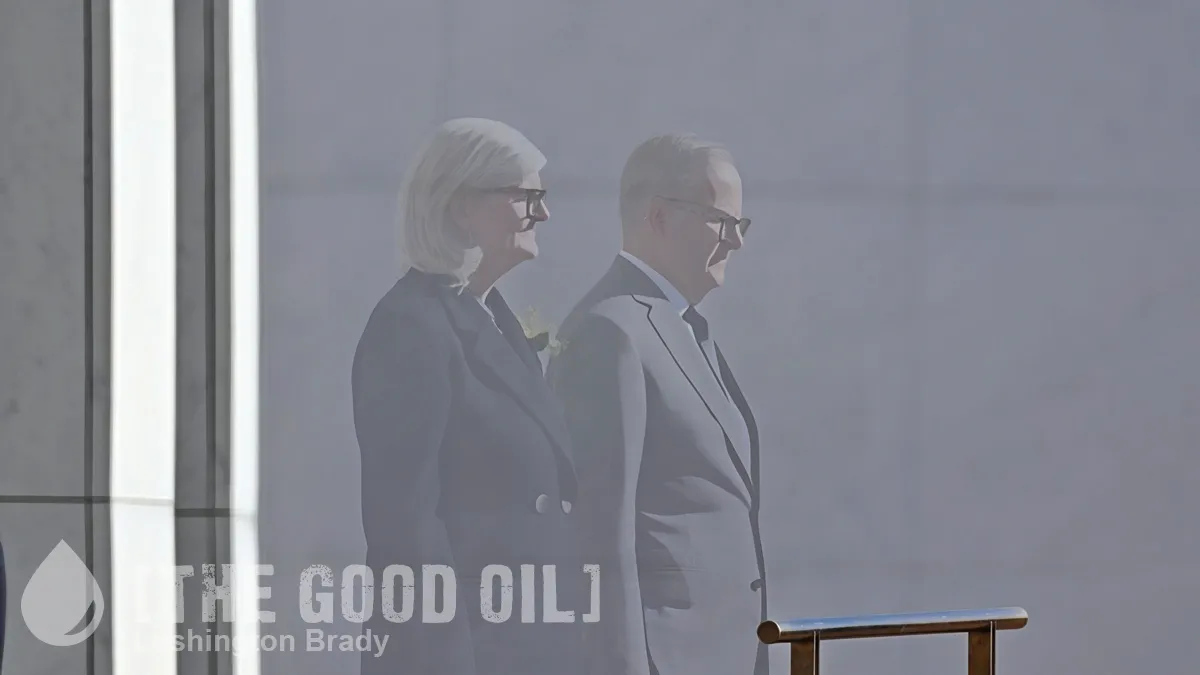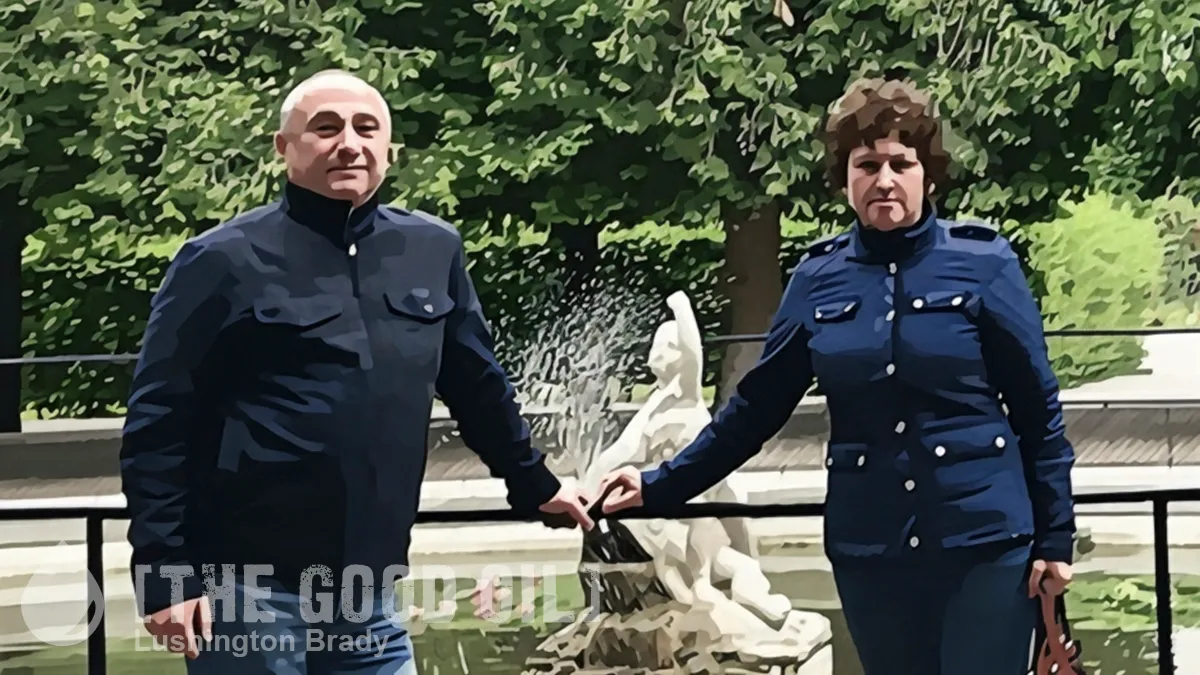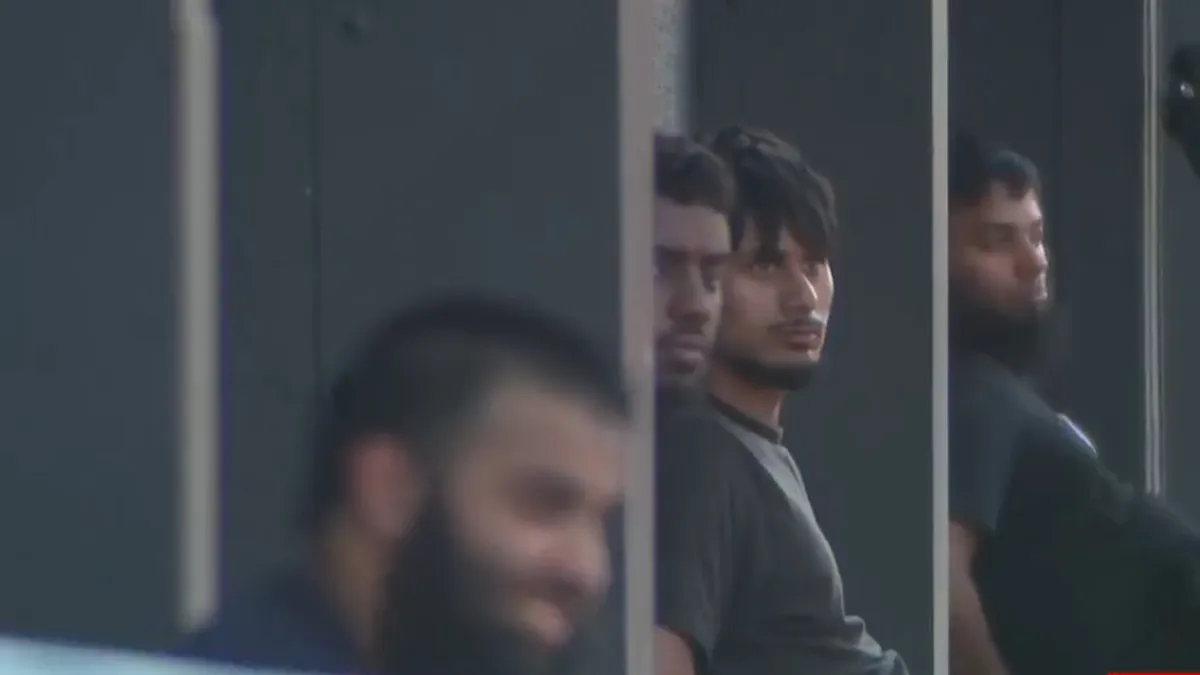In Samuel Beckett’s Waiting for Godot, the titular protagonist is conspicuous by his complete absence from the entire drama. In fact, the two main characters, Vladimir and Estragon, are not even certain if they have ever met Godot. Godot drives the story without ever being seen or understood.
In a real-life drama that continues to play out on the Australian political-legal stage, one of the chief protagonists is similarly driving the story while also doing his best to remain out of sight.
[David Sharaz…] is nowhere but also everywhere once details come into focus in the Brittany Higgins scandal. Yet he never comes within cooee of a witness box. Once again, as Linda Reynolds’s defamation action draws to a close in Perth this week, Sharaz won’t be called to defend his wife.
The former defence minister is running two arguments against her former underling and her now-husband. The first is that Higgins and Sharaz conceived and implemented “a plan”, which, Reynolds says, was intended “as a weapon to inflict immediate political damage” on Reynolds and the Morrison government. Secondly, Reynolds claims a tortious conspiracy between Shiraz and Higgins to injure her personally.
Now, we know from her own words that shortly after meeting Sharaz in May 2020 – just over a year after the alleged rape – Brittany Higgins crafted a note about an “anatomy of a political sex scandal”. Higgins also bragged that, “We had become quite a twosome when it came to game planning.” Sharaz later boasted to The Project that “I’ve got a friend in Labor, Katy Gallagher on the Labor side, who will probe and continue it going.”
Yet, when it comes to defending themselves in court, suddenly neither Higgins nor Sharaz are anywhere to be seen. Higgins recently announced that she was chucking a courtroom sickie (again), while Sharaz made it clear some months ago that he would not be appearing.
Sharaz’s absence may possibly be more problematic for Higgins’s defence […]
Justice Paul Tottle may choose not to draw a Jones v Dunkel inference from Higgins’s non-appearance as a witness for her own side if there are sufficient reasons for her absence. In short, this 1959 High Court decision says that if one side doesn’t call a person to give evidence who may have shed light on the case, and there is no acceptable explanation as to why they don’t give evidence, then the court may draw an inference that their evidence would not have assisted that party’s case.
The inference may carry more weight when it comes to Sharaz. There is no person so central to this saga, apart from his wife. He could appear by video link if he is not in the jurisdiction.
Whatever Justice Tottle may say, Justice Michael Lee is already on the record about Sharaz’s proclivity for lurking in the shadows.
Lee more than once queried why Sharaz was not giving evidence. The judge quipped during the trial that Sharaz was “like the prophet Elijah … there’s a place for him at the table but he never turns up” […]
In the WA Supreme Court, Sharaz could have been cross-examined on his role in the selection of journalists who received an email with a “timeline” of Higgins’s allegations. Despite Higgins’s claim that the document was hers, Lee found that Sharaz was one of the authors.
That’s far from the only tough questions Sharaz would almost certainly have to answer.
Sharaz could have been cross-examined on being the recipient of an audio message from Higgins, with her telling him she was “cleaning out my phone ahead of the police”.
Sharaz could have been asked why, as Lee found, he had introduced the photo of Higgins’s bruised leg to [Lisa Wilkinson] as corroboration of the alleged rape. (Higgins gave evidence during that earlier trial that she accepted it wasn’t caused by the alleged assault – despite her earlier claims that it was).
Sharaz could have been cross-examined on his role in ramping up Higgins’s claims into political pandemonium […]
Given his unrivalled role in what Lee dubbed the “omnishambles”, Sharaz could surely shed light, one way or the other, on Reynolds’s claims of a plan by, or a conspiracy between, himself and his now wife. Yet he’s avoiding the legal spotlight – again. Why isn’t he defending his wife?
It’s almost as if forcing this shadowy Svengali into the harsh glare of the legal spotlight would have been a very bad move for Higgins’ defence. Almost as bad as if Higgins herself had testified, given the shredding her credibility regarding the so-called ‘conspiracy’ to ‘silence her’.









